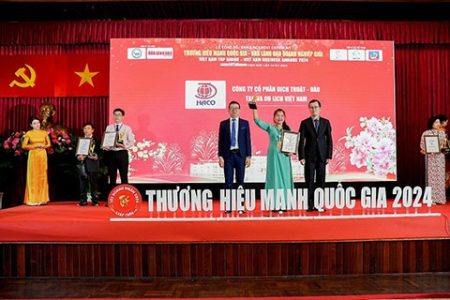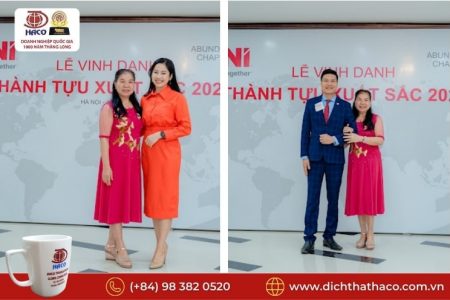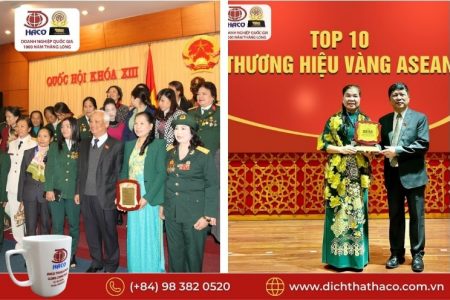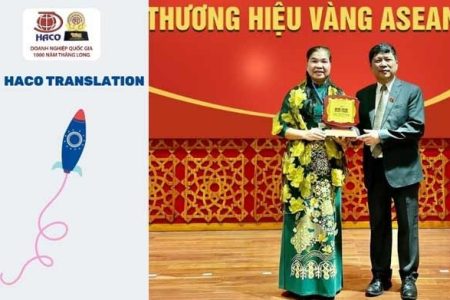"Learn Vietnamese with us - Bridging the Language Gap between Thailand and Vietnam!"
What is teaching Vietnamese to Thai people?
Teaching Vietnamese to Thai people can be a rewarding experience. It is a great way to bridge the cultural gap between the two countries and to help Thai people learn a new language. Vietnamese is a language with a rich history and culture, and it can be a great way to learn more about the country and its people. With the right approach, teaching Vietnamese to Thai people can be an enjoyable and rewarding experience.
The Benefits of Teaching Vietnamese to Thai People: Exploring the Cultural Exchange
The cultural exchange between Vietnam and Thailand is an important part of both countries’ histories. As such, teaching Vietnamese to Thai people can be a beneficial experience for both countries. By learning the language of their neighbor, Thai people can gain a better understanding of Vietnamese culture and history, while Vietnamese people can gain a better understanding of Thai culture and history.
The benefits of teaching Vietnamese to Thai people are numerous. For one, it can help to foster a greater sense of understanding and appreciation between the two countries. By learning the language of their neighbor, Thai people can gain a better understanding of Vietnamese culture and history, while Vietnamese people can gain a better understanding of Thai culture and history. This can lead to a greater appreciation of each other’s cultures and a better understanding of the similarities and differences between the two countries.
In addition, teaching Vietnamese to Thai people can help to promote economic development in both countries. By learning the language of their neighbor, Thai people can gain access to a larger market for their goods and services, while Vietnamese people can gain access to a larger market for their goods and services. This can lead to increased trade between the two countries, which can help to stimulate economic growth in both countries.
Finally, teaching Vietnamese to Thai people can help to promote cultural exchange between the two countries. By learning the language of their neighbor, Thai people can gain a better understanding of Vietnamese culture and history, while Vietnamese people can gain a better understanding of Thai culture and history. This can lead to a greater appreciation of each other’s cultures and a better understanding of the similarities and differences between the two countries.
In conclusion, teaching Vietnamese to Thai people can be a beneficial experience for both countries. By learning the language of their neighbor, Thai people can gain a better understanding of Vietnamese culture and history, while Vietnamese people can gain a better understanding of Thai culture and history. This can lead to a greater appreciation of each other’s cultures and a better understanding of the similarities and differences between the two countries. In addition, it can help to promote economic development in both countries and foster a greater sense of understanding and appreciation between the two countries.
Strategies for Teaching Vietnamese to Thai People: Tips for Success
Teaching Vietnamese to Thai people can be a challenging task, but with the right strategies, it can be a rewarding experience. Here are some tips for success when teaching Vietnamese to Thai people:
1. Start with the basics: Before diving into more complex topics, it is important to ensure that your students have a solid foundation in the basics of the language. This includes teaching them the alphabet, pronunciation, and basic grammar rules.
2. Use visuals: Visuals can be a great way to help your students understand the language. Use pictures, diagrams, and videos to help illustrate the concepts you are teaching.
3. Incorporate culture: Incorporating culture into your lessons can help your students better understand the language. For example, you can teach them about Vietnamese holidays, customs, and traditions.
4. Utilize technology: Technology can be a great tool for teaching Vietnamese to Thai people. Use online resources such as apps, websites, and videos to supplement your lessons.
5. Practice speaking: Speaking is an important part of learning any language. Encourage your students to practice speaking Vietnamese with each other and with native speakers.
By following these tips, you can help your students become proficient in Vietnamese. With patience and dedication, you can help them reach their language goals.
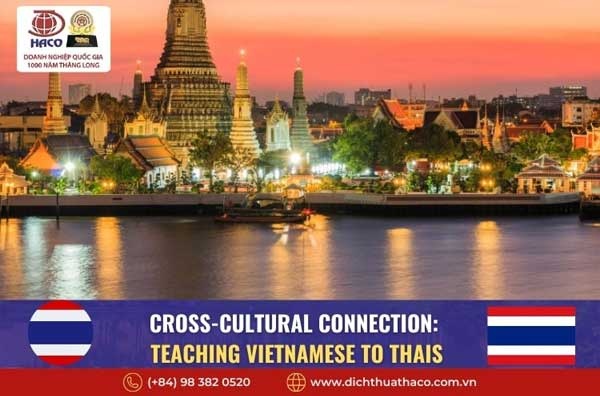
The Challenges of Teaching Vietnamese to Thai People: Overcoming Language Barriers
Teaching Vietnamese to Thai people can be a challenging endeavor due to the language barrier between the two countries. While both languages are tonal, they have different writing systems and grammar structures. Additionally, the two languages have different cultural contexts, which can make it difficult for Thai people to understand the nuances of Vietnamese. However, with the right strategies, it is possible to overcome these language barriers and successfully teach Vietnamese to Thai people.
The first step in teaching Vietnamese to Thai people is to ensure that the students have a basic understanding of the language. This can be done by introducing them to the alphabet and basic grammar structures. Additionally, it is important to provide them with a variety of resources, such as books, audio recordings, and videos, to help them learn the language. It is also beneficial to provide them with opportunities to practice speaking and writing in Vietnamese.
Once the students have a basic understanding of the language, it is important to introduce them to the cultural context of Vietnam. This can be done by introducing them to the history, customs, and traditions of the country. Additionally, it is beneficial to provide them with examples of how the language is used in everyday life. This can help them to better understand the nuances of the language and how it is used in different contexts.
Finally, it is important to provide the students with opportunities to interact with native Vietnamese speakers. This can be done by arranging for them to attend classes or workshops with native speakers, or by providing them with access to online forums or chat rooms where they can practice their language skills with native speakers. Additionally, it is beneficial to provide them with opportunities to travel to Vietnam, as this can help them to gain a better understanding of the language and culture.
By following these strategies, it is possible to overcome the language barriers and successfully teach Vietnamese to Thai people. With the right resources and guidance, students can gain a better understanding of the language and culture of Vietnam, and be able to communicate effectively with native speakers.

Exploring the History of Vietnamese-Thai Relations: A Guide for Teachers
Vietnam and Thailand have a long and complex history of relations, stretching back centuries. This guide is designed to help teachers explore this history with their students.
First, it is important to understand the geographical context of the two countries. Vietnam is located in Southeast Asia, bordered by China, Laos, and Cambodia. Thailand is located in the same region, bordered by Myanmar, Laos, and Cambodia.
Second, it is important to understand the cultural context of the two countries. Vietnam is a predominantly Buddhist country, while Thailand is predominantly Theravada Buddhist. Both countries have a long history of trade and cultural exchange, which has shaped their respective cultures.
Third, it is important to understand the political context of the two countries. Vietnam was a French colony from 1887 to 1954, while Thailand was never colonized. After the end of French rule in Vietnam, the two countries established diplomatic relations in 1956. Since then, the two countries have maintained close ties, with both countries being members of the Association of Southeast Asian Nations (ASEAN).
Fourth, it is important to understand the economic context of the two countries. Vietnam and Thailand have a long history of trade and investment. Vietnam is a major exporter of rice, seafood, and other agricultural products to Thailand, while Thailand is a major investor in Vietnam’s manufacturing sector.
Finally, it is important to understand the security context of the two countries. Vietnam and Thailand have a long history of military cooperation, with both countries participating in joint military exercises and other forms of security cooperation.
This guide provides teachers with the necessary background information to explore the history of Vietnamese-Thai relations with their students. By understanding the geographical, cultural, political, economic, and security contexts of the two countries, teachers can help their students gain a better understanding of the complex history of Vietnamese-Thai relations.
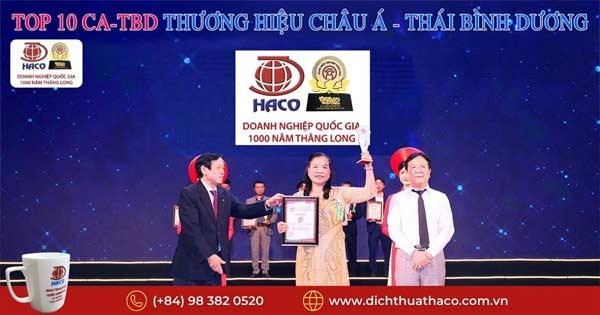
Creative Approaches to Teaching Vietnamese to Thai People: Making Learning Fun and Engaging
Vietnamese is a language that is spoken by many people in Southeast Asia, including Thailand. Teaching Vietnamese to Thai people can be a challenging task, as the two languages are quite different. However, with the right approach, it is possible to make learning Vietnamese fun and engaging for Thai people. Here are some creative approaches to teaching Vietnamese to Thai people.
1. Use Visual Aids: Visual aids such as pictures, videos, and diagrams can be very helpful in teaching Vietnamese to Thai people. Visual aids can help to illustrate the meaning of words and phrases, making them easier to remember. Additionally, visual aids can be used to demonstrate the differences between Vietnamese and Thai grammar and pronunciation.
2. Incorporate Games: Games can be a great way to make learning Vietnamese fun and engaging. For example, you could create a game where students have to match Vietnamese words with their Thai translations. You could also create a game where students have to guess the meaning of Vietnamese words based on context clues.
3. Use Music: Music can be a great way to help Thai people learn Vietnamese. You could create a playlist of Vietnamese songs and have students listen to them while they practice their pronunciation. Additionally, you could have students create their own Vietnamese songs or raps to help them remember vocabulary words.
4. Incorporate Culture: Incorporating Vietnamese culture into your lessons can be a great way to make learning Vietnamese more interesting and engaging for Thai people. You could have students watch Vietnamese movies or read Vietnamese stories. Additionally, you could have students learn about Vietnamese customs and traditions.
By using these creative approaches to teaching Vietnamese to Thai people, you can make learning the language fun and engaging. With the right approach, Thai people can learn Vietnamese quickly and effectively.
HACO TRANSLATION COMPANY – THE 1ST PRESTIGIOUS TRANSLATION SERVICE PROVIDER IN VIETNAM

COME WITH HACO TO FEEL THE DIFFERENCE AND COMPARE;
YOU WILL SEE THE BRAND WORTHY TO CHOOSE
20 years of accompanying enterprises
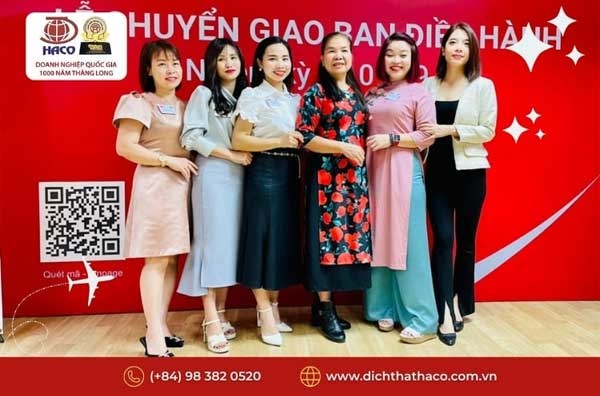
Thông tin liên hệ
Địa chỉ Miền Bắc: Số 2, Ngõ 68, Ngụy Như Kon Tum, Phường Nhân Chính, Quận Thanh Xuân, Hà Nội
Địa chỉ Miền Nam: 2A/3 Nguyễn Thị Minh Khai, P. Đa Kao, Quận 1, TP.HCM Địa chỉ
Singapore : 391B Orchard Road, Ngee City Tower B Singapore 238874
Di động: +84 983 820 520
Điện thoại & Fax: +84 24 3554 3604
Email: hanoi@dichthuathaco.vn





